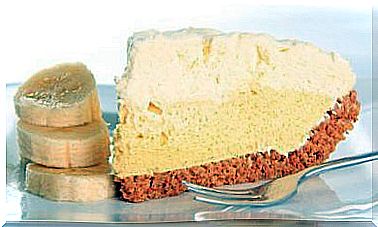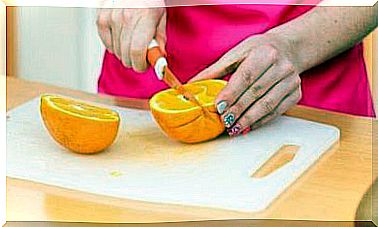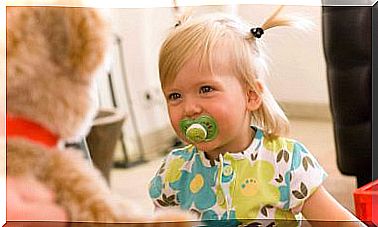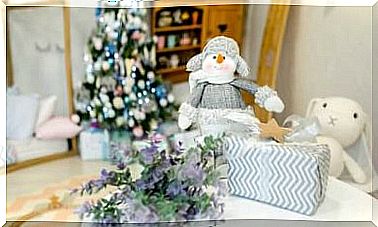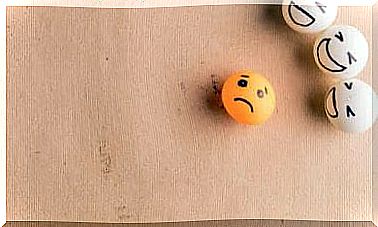The Common Method: A System For Autonomous Learning

The Kumon method is a Japanese system for learning that focuses on acquiring knowledge and concepts in mathematics and language through an independent approach.
The Kumon method aims to develop and strengthen a child’s individual learning potential. It is based on two programs: one for mathematics and the other for reading.
Instead of focusing on acquiring specific skills, this method aims to prepare students for autonomous, independent learning. This is achieved by acquiring a habit of continuous study and an individual learning plan.
How did the Kumon method originate?
The Kumon Method was created by Toru Kumon in 1954. The Japanese teacher began to develop a math program to help his son who was having difficulty learning the subject as it was taught in school. Later he also created a reading and language program that led to the current system.
Kumon was convinced that every child has the potential to excel and benefit from their natural skills. Therefore, a learning system was needed that could enable children to expand their capacity to the maximum.
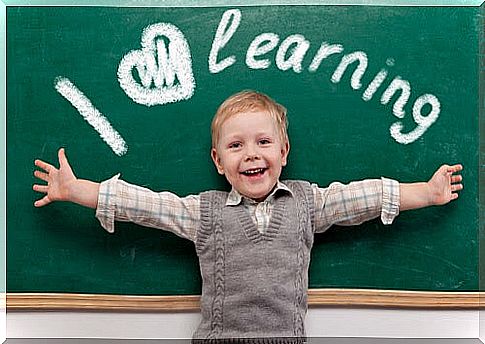
Objectives of the Kumon Method
The practice of this method is based on an individual and personal curriculum. Each student progresses at their own pace. The method allows children to:
- Master the most basic concepts in mathematics and language.
- Improve their concentration, organizational and study habits.
- Develop their potential.
- Improve their self-confidence and discipline.
- They become motivated and satisfied on a personal level.
- They become autonomous, so that they can study further and learn more on their own.
What is the method based on?
This system has two main branches – mathematics and language. Each of the two branches has its own design. However, both branches begin with simple exercises and as the student progresses, they slowly increase in difficulty.
The method of mathematics is based on repetition of basic exercises such as addition, subtraction, multiplication and division. These exercises become progressively more complex until they reach a more advanced level.
In the language part of the program, however, the exercises focus on different stages of reading comprehension and vocabulary.
The key to this learning method lies in its continuity and the fact that it is an autonomous approach. The teacher becomes more like a guide who helps the child to overcome weaknesses by choosing tasks and focus. Sometimes the teacher can “give clues” that help children solve certain tasks.
At what age can children start?
One of the most important features of the Kumon method is that there is no specific age to start with. Although it recommends children to start as soon as possible, you can use it at any time. It can be used to improve a student’s potential from early childhood and up to university.
Students use this method according to their individual capacity and at the level they are at. There are no limits such as age or grades. In this way, children can benefit from learning and feel satisfied when they achieve good results after exertion.
One of the main advantages of this method is that it gives children the opportunity to learn on their own. Students can read, think and think about problems until they arrive at a solution on their own and on their own.
The role of parents
Although the main goal of this method is for the children to be self-taught and able to take on challenges on their own, parents must accompany them on the journey. The method can be compared to a triangle whose heads are the student, the guide and the parents.

The whole family can provide important support, especially during the first years of the child’s life.
When using the Kumon method, parents should also play a fundamental role. Their mission is as follows:
- Correct and go through exercises that the child solves at home. It does not take much time. By making the homework a shared experience, the child can feel greater satisfaction and motivation to complete their work.
- Motivate children all the time. Studying is not always fun for most children. This is perhaps especially true when learning occurs as a leisure activity (as the Kumon method is, for the most part). Therefore, your attitude towards the work that your child invests every day is very important and your encouragement makes him continue.
Where can children study according to the Kumon method?
There are many Kumon centers around the world and there are also correspondence courses that you can access online. Some of them are found in schools where the method is practiced as a leisure activity. Other courses are offered in independent centers created exclusively to develop the Kumon method.
If you want to help your children improve their academic performance, try the Kumon method! It can be a very good option.
